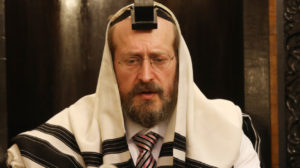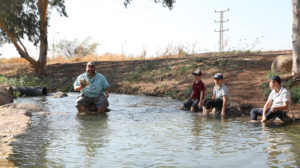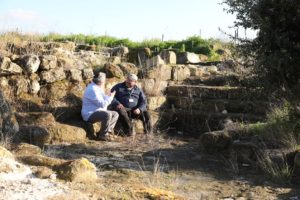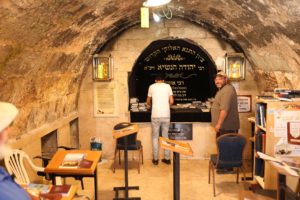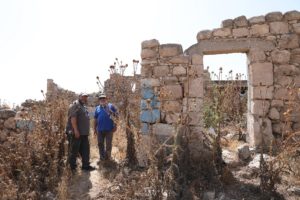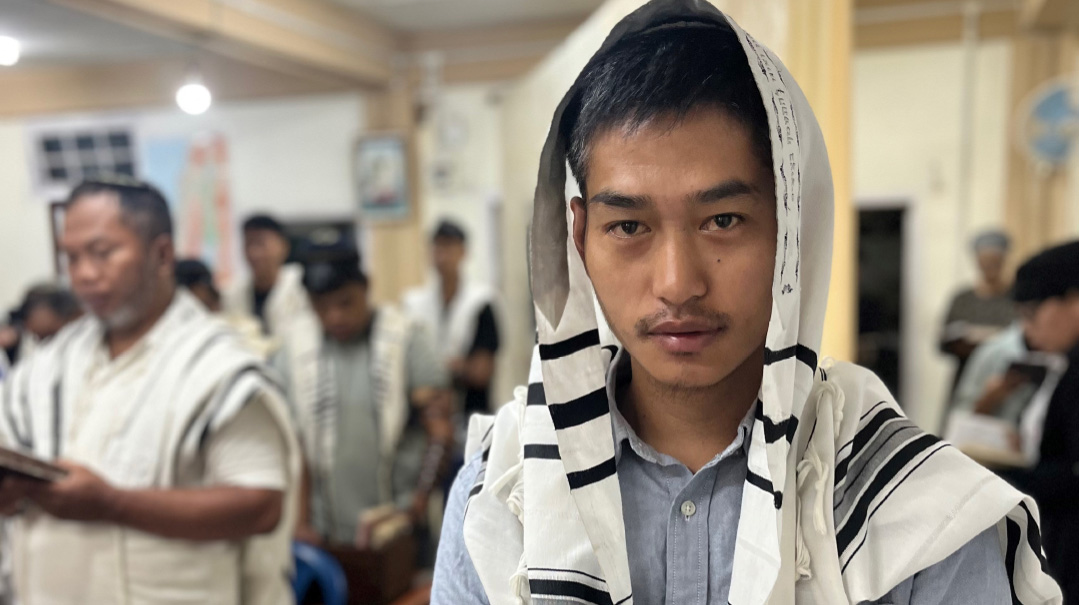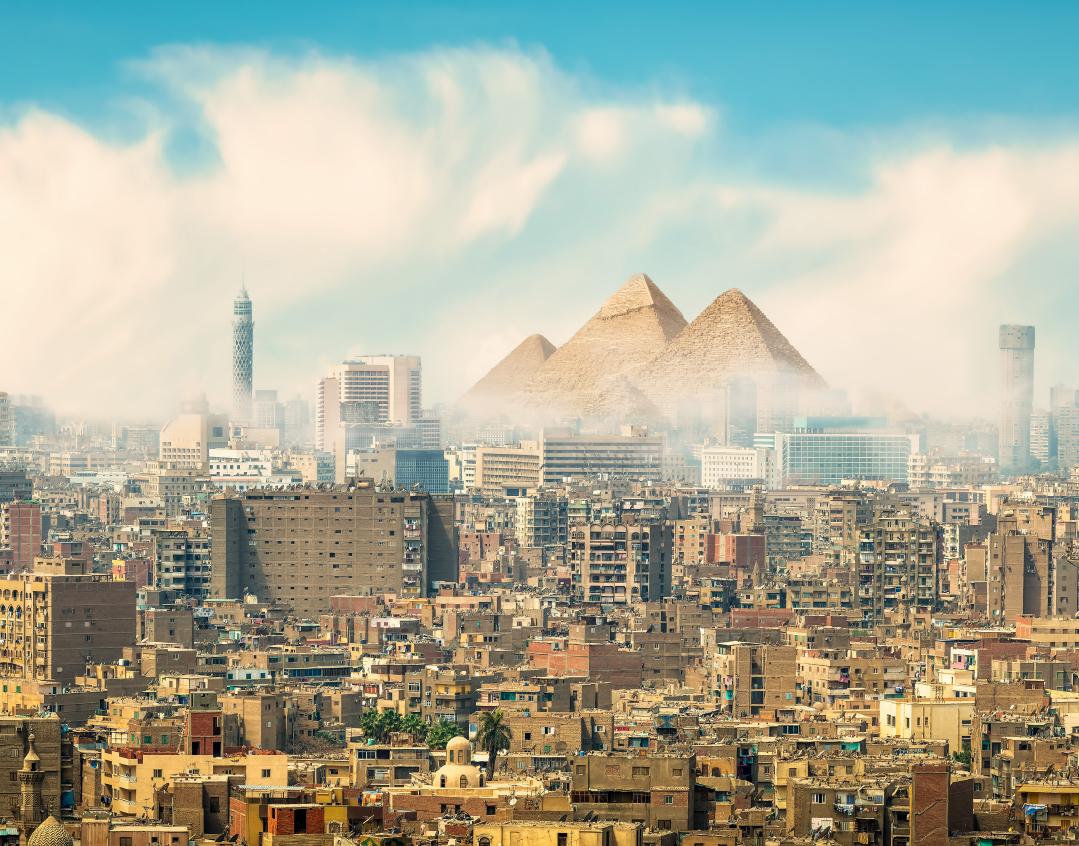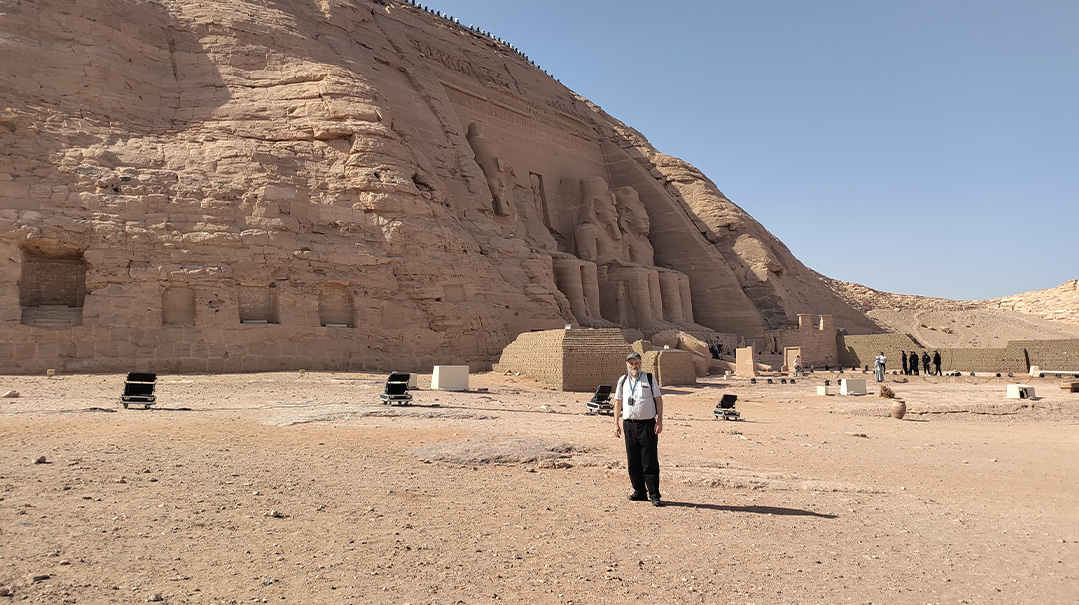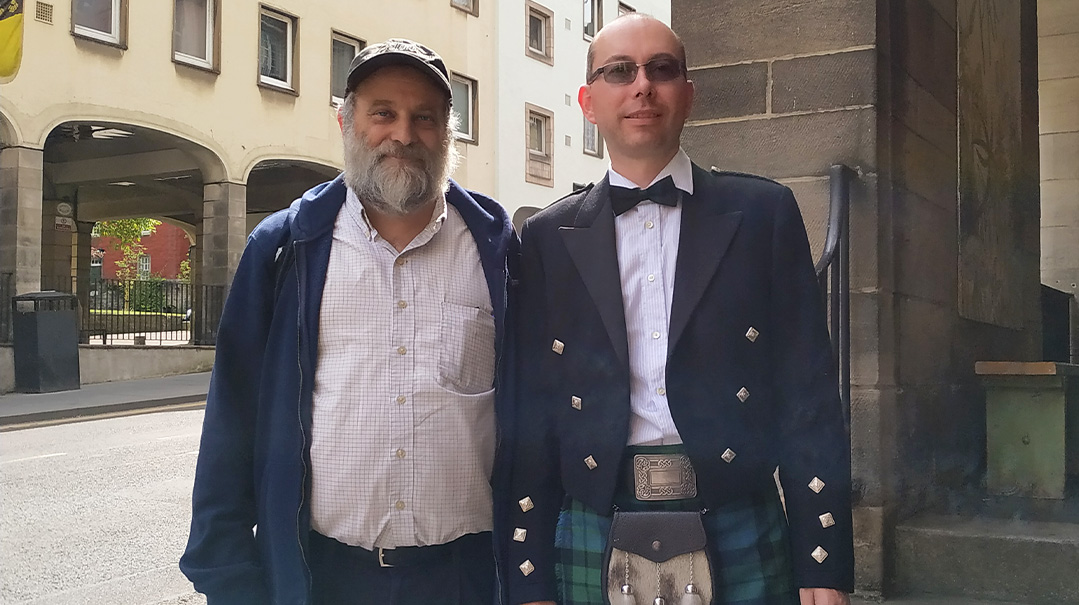Under the African Radar
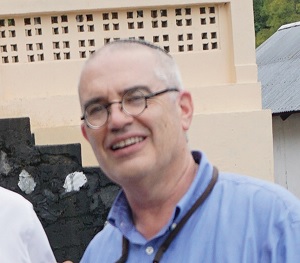
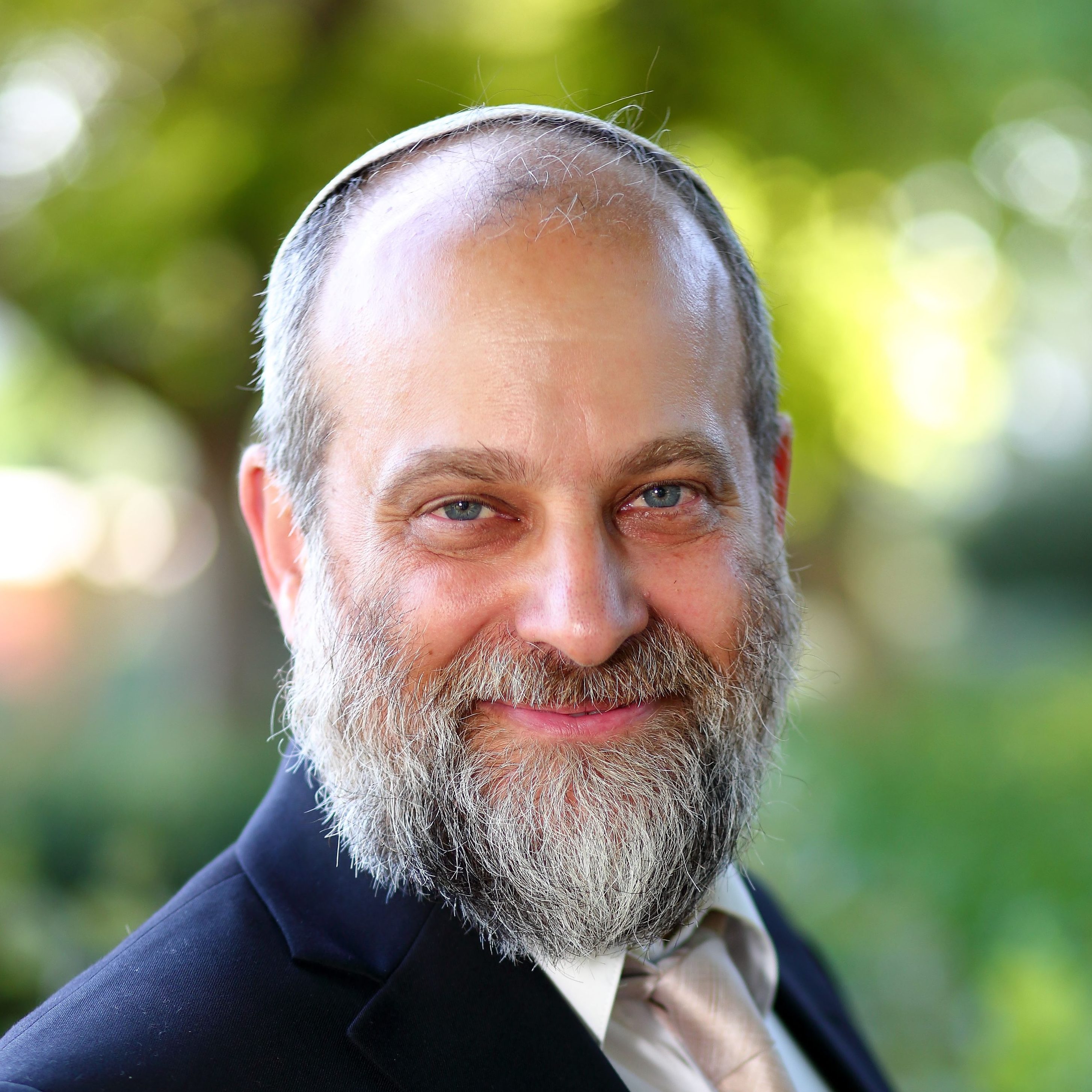
Ari and Ari discover a Jewish time warp at the foothills of Mount Kilimanjaro

Photos: Ari Greenspan and Ari Z. Zivotofsky
Think of the East African country of Tanzania and you might conjure up images of Mount Kilimanjaro, the world’s highest freestanding mountain with its three famed volcanic cones and intrepid hikers; nomadic Maasai warriors with their bright red wraps and flamboyant headgear; or the great Serengeti plains with its millions of migrating wildebeest and its herds of elephants, lions, giraffes and other wild game.
What you probably won’t imagine is an authentic but essentially unknown Jewish community in these parts. And yet, there it is, in Arusha, Tanzania — a kehillah literally concealed from world Jewry, whose reemergence from underground is due to a dedicated young attorney and university lecturer named Yehudah Amir Kahalani.
On our recent trip to Tanzania, as we exited the small African airport and passed the sign warning about the Ebola virus, we were met by two men with yarmulkes and flying tzitzis: Yehudah Kahalani (his local Tanzanian name is Peres Parpaih) and his brother Shimon. It was their father, a man well-versed in the Yemenite traditions of his ancestors, who charged Yehudah with a mission before he died in 2010: Keep the Jewish community alive.
But how did these Jews, who unflinchingly maintained their ancestors’ traditions, manage to stay under the radar all these years? There was a little-known community of Yemenite Jews who crossed over the Gulf of Aden into East Africa in the 1880s. Some of them went south through Ethiopia and Kenya and settled in present-day Tanzania, searching for financial opportunity. There they met up with Ethiopian and Moroccan Jews who’d also migrated south. Later, in the 1930s, a number of Polish Jewish refugees added to the number of Jews in the area. According to Yehudah, his own Yemenite ancestors came to Arusha from the Tanzanian offshore island of Zanzibar, where they’d set themselves up as traders.
Yemenites are famed for passing on their tradition in a mimetic and practical way from a young age. And that’s how it was practiced on the outskirts of Arusha: Hidden in the verdant African hills, in the shadow of the Kilimanjaro volcanoes, was their small synagogue.
Due to surrounding hostilities, the Jews kept a low profile, until the community scattered in response to aggressive missionary activity and religious persecutions in the 1960s, when the synagogue was destroyed and their sefer Torah most likely burned. The instability, socialism, anti-Israel sentiments, and nationalization of land that came with Tanzania’s independence from Britain in 1961 prompted many Jews to leave the country, and those who remained were forced underground and kept their religious identity secret. Some of them even chose to live among the wandering Maasai tribe, where they felt safe and wouldn’t be spotted.
The older generation kept in touch after they were dispersed, and some members never stopped practicing Judaism or hoping to one day have the freedom to rejoin their brethren out in the open. But many younger people didn’t even know their parents and grandparents were Jewish. All they knew was that their parents didn’t work on Saturday and were vegetarian, and the children were forbidden to eat meat at their friends’ homes.
The widely dispersed and disconnected Jews spanned the country, including the Muslim-majority island of Zanzibar. In fact, Yehudah says that he knows some Jews still living there who possibly possess ancient handwritten Yemenite manuscripts.
Doubt and Certainty
Having seen so many groups who claim to be Jewish, have Jewish ancestry, or come from the Lost Ten Tribes, we approach every encounter with some skepticism. That’s why we were constantly amazed at what came out of Yehudah’s mouth in the name of his father and grandfather: Midrashim, halachos, gemaras, and minhagim that were clearly part of a strong unbroken chain of oral tradition. Yehudah’s father imbued a love of Judaism in his heart, teaching him Yemenite prayers and tunes in a dialect similar, though not identical, to the unique Yemenite Hebrew pronunciation that is to be found in any Yemenite shul around the globe.
The dark-skinned Yemenites were accustomed to traveling, and moved easily back and forth between Egypt and deeper Africa. Yehudah remembers as a boy traveling to Egypt with his father, who was a dealer in gems. They went by donkey, camel, lorry, or any other means available, and he has distinct memories of uncompromised Jewish observance being a part of their travels — never touching a piece of nonkosher food, always stopping on Shabbos, and making sure to break in order to daven. Yet their family and compatriots were isolated from other larger Jewish communities.
When we were there, we met Shimon, Yehudah’s brother, who reads Hebrew but only speaks Swahili and Arabic (we communicated with Yehudah in English). Shimon was visiting from his home in the city of Dar es Salaam, the former capital and one of Africa’s biggest cities, with a whopping 4.5 million inhabitants. He has business there, but he and his wife and three daughters are isolated from other Jews, and he worries about their chinuch and outside influences. He’s in the process of moving his family to Arusha, where Yehudah’s little community is located.
Yehudah is a successful, well-connected lawyer, as well as a lecturer at Mount Meru University. His engaging, friendly, and modest demeanor make it easy to see why people like him. He told us that he often appears in court where one is obligated to uncover his head, yet a Muslim judge was sympathetic to his hesitation and permitted him to wear a yarmulke, which he now proudly dons in court. He’s not shy about walking around town with his yarmulke and tzitzis.
As we listened to him relate halachos, midrashim, and Jewish tales, it was hard to believe that this man in his forties never had any kind of formal Jewish education and never lived in a normative community. It was like we had stumbled upon a Jewish Robinson Crusoe. All of his Jewish knowledge was from his revered father and grandfather.
“My father told me I can never use a pot, plate, or utensils until I dip them in the river,” he said, obviously referring to tevilas keilim, and that when in doubt about the status of a utensil, it should be thrust into the ground eight or ten times. He was of course discussing the kashering method of ne’itzah b’karka, and while its use is much more limited than his description, it was certainly more accurate than all those sincere but mistaken Jews who merely “planted” their silverware.
Yehudah and his wife Efrat, with their three daughters aged 6 to 13, maintain a kosher home, something not trivial in Tanzania. Their kitchen is color-coded for fleishig and milchig sides, although due to the difficulty in obtaining kosher meat, the fleishig side is rarely used. Many products in the Kahalani kitchen are imported from South Africa and certified by the South African beis din. Yehudah pointed out to us the kosher symbol on the cereal and milk that we then had for breakfast, and took us to a supermarket to show us what was available. He’s persuaded the owner to carry more such products, and indeed, according to Yehudah, when he brings in those items, they fly off the shelves.
Meat is more difficult to obtain. After we shechted ten chickens for the community, Yehudah told us his father was a shochet who often shechted sheep and goat, and occasionally chicken. They attempted to catch the wild Thomson’s gazelle several times, but never succeeded. His father told him that guinea fowl is kosher, and although they never caught and shechted one, they did eat the eggs. He remembers his dad trapping quail in a net, but if a bird with a broken leg was caught, his father would mend the leg with a small stick and release it, explaining that it was forbidden to eat. Yehudah never learned the concept of “treifa,” but in a mimetic manner remembered what he had learned from his father.
“My father told me a shochet should be a moral person who does mitzvot and doesn’t sin,” Yehudah says, echoing sentiments found in the Gemara and Shulchan Aruch. He remembers how to kasher meat by salting, amazingly described the Yemenite practice of chalitah (dropping the meat into vinegar or boiling water as per the Rambam), and related that his father had instructed not to eat liver, as it is complicated to kasher.
And of course, like all Yemenites, they had a tradition to eat the kosher species of the grasshopper, however, Yehudah explained, the locusts in Tanzania are not the same ones the Jews ate in Yemen. But they remember the tradition that during the horrific 1679 exile of nearly all of Yemenite Jewry to the deadly desert of Mawza, those locusts were miraculously sent by G-d and saved many of the Jews, including his own ancestor, Kahalani Merari.
Yehudah also explained that his father used to designate an area of a local wheat field and keep it under watch from before the planting until the harvesting. He would use that wheat to bake matzah for Pesach and shemurah matzah for the Seder.
Out of Hiding
In recent years the Tanzanian government has become pro-Israel and Yehudah felt comfortable coming out publicly as a Jew. Yehudah says there are many others like him, but they have either emigrated, assimilated, or are still afraid to surface. Still, it’s been ten years since his father passed away and even longer since he was an active community leader, but Yehudah cannot forget the charge his father gave him to preserve the traditions, reunite the people, and restore the sefer Torah. And so, he purchased land on the outskirts of the city of Arusha, where the old shul used to be located, and today uses a good deal of his personal money for the sake of the community. He has built a small shul (that he named after the “poet of Yemen,” the 17th-century Rabbi Shalom Shabazi, whose name he invokes often) and beis medrash, which draws up to 70 people on holidays, of whom he claims about 30 are “very religious and keep Shabbat.” His community is welcoming — with one hitch. No one is allowed to drive there on Shabbos or Yom Tov. And so he bought land adjacent to his house and sets up tents for his many Shabbos and holiday guests, while his wife Efrat cooks for the masses.
Some members of the community have relocated to larger, more established places, including Israel, but Yehudah says that for now, at least, he’s staying put. The community needs him, he says, and as long as most of them aren’t moving, he will stay.
About two years ago, Yehudah realized that if he was to lead his people, he’d need to start learning for real — and so he reached out to “Partners in Torah” to arrange for a chavrusa. He was partnered with Rabbi Yerachmiel Landy of Passaic, and the two of them now learn for half an hour every day except for Shabbos. In describing their learning and friendship, Rabbi Landy is grateful for the opportunity.
“Yehudah Kahalani very much personifies the sustaining traits carried from the ancient legacy of Jewish communities and their proud and distinct presence in Africa,” Rabbi Landy says. “It’s the juggle of his daily, nonstop dedication to the Arusha community while being a prominent lawyer, law professor, and judicial panelist. For me personally, our Torah study has forged a deep friendship.”
The appreciation is mutual. Yehudah describes Rabbi Landy as more than a teacher. “He’s the greatest friend and has become like family.” Rabbi Landy has been a mainstay in assisting with communal needs, shipping them pairs of tzitzis, books, and holiday items.
The Promise
But how would he fulfill his father’s request to restore the sefer Torah? Last summer Yehudah started sending out feelers looking for a sefer Torah, at the same time that Kehillat Beth Israel, a synagogue in Ottawa, was looking for a small congregation that could use one of their Torah scrolls. This past November a delegation of 38 North American Jews visited Arusha to present Yehudah and his group with a kosher sefer Torah, Hertz Chumashim, and ArtScroll siddurim (although Yehudah is wont to refer to a siddur by the name used by Yemenites — tik’lal). Among the group was an 85-year-old Holocaust survivor who donated a mezuzah, and when Yehudah asked her if she could make the kilometer-plus trek down a muddy road, she answered that if the Shoah didn’t stop her, neither would a muddy walk.
On a regular Shabbos, between 10 and 20 people join him. Most are extended family, plus some young men and boys. All have a Jewish connection, and although their lineage can’t always be precisely traced, Yehudah says he’s turned away individuals who want to join that are explicitly not Jewish. One special young man, Meshulam, grew up among the Maasai warriors, although his mother would never cook on Shabbos, and his father wouldn’t even let them go outside on Shabbos. Once he figured out his Jewish connection, he moved to Arusha and is now an active member of the community — his wife, a medical doctor, and their two young sons, join Yehudah’s family for Shabbos.
The shul is a small building in Yehudah’s yard, fitted with 20 beautiful, handmade seats, an aron kodesh and bimah. A separate small room is dedicated as a beis medrash. Friday night davening is long but inspirational — they chant all of Shir Hashirim out loud. Shabbos mornings, Yehudah usually leads the davening (reciting it all out loud) and reads the Torah for the small congregation. (They have a daily davening as well and a few of them can read Hebrew, but it’s Yehudah who runs the show.)
After davening, everyone moves across the grassy yard into the house for Kiddush and a meal. Wine is one of the more difficult commodities for them to procure — there is no kosher wine available in Tanzania and he must import it personally. When we asked him if he ever considered making his own, he said he was afraid that the local grapes might not be kosher to use, explaining that they could possibly be within the first three years of growth, which would make them orlah. When we explained to him that safek orlah (when orlah is not certain) is permitted in chutz l’Aretz, he indicated he might consider giving it a try.
We actually planned to bring him some wine — but it was in Ari G.’s bag, which never arrived. (The luggage also had his clothes, plus shemurah flour and a matzah-hole roller, as we had planned to bake matzah with them.)
When we returned to the shul for Minchah, we found a group sitting in the little beis medrash listening to Yehudah teach the parshah, as well as reviewing what we had taught before davening in the morning. Yehudah tries to follow all of his father’s customs: His father would repeat the Shemoneh Esreh in Arabic so that the community could follow, and he reads it in English from the ArtScroll siddur.
Yehudah rigidly adheres to the Yemenite tradition his father taught him: not to let women into the synagogue. He related to us that he once had a female visitor who was upset about that and wanted to enter. “Doesn’t she know the midrash my grandfather taught me, that when Moshe went up Har Sinai to Heaven he didn’t eat or drink because he was in the domain of angels who don’t eat or drink, yet when the angels visited Avraham, they ate and drank because they were on human turf?” he asks. From this, his grandfather explained to him, we learn that one should abide by local custom.
Any Remnants?
Not far from Arusha is a village in which the king of one of the subtribes of the Maasai lives with his 30 wives and numerous children and grandchildren. Before we traveled to Tanzania, we heard that one of his granddaughters, Esther, was in Israel studying to convert to Judaism. We met her before our trip and she helped arrange a meeting for us with her grandfather. His village is made up of mud huts with thatched roofs, and more flies than we’ve ever seen buzzing around us. We briefly visited him and heard about some of the Maasai customs, including circumcision, and not eating meat and drinking milk on the same day. Later we asked Yehudah about the Maasai custom of piercing and stretching their earlobes, creating huge holes in the lower lobe. Yehudah told us that his grandfather had explained this practice: The Maasai, said his grandfather, had once upon a time been slaves, and not wanting to be freed, had to make holes in their ears. Could they have been slaves for a community of Jews?
We didn’t expect to find any documentation about the history of the Maasai, but we were a little surprised that Yehudah had no written material or artifacts from his father or family — except for his wife’s candlesticks that were given to them as a present by Saada Ummah Binti Dahari, his grandmother, tefillin from his grandfather, some hamsa, and some mezuzah cases.
He did tell us about an older brother, Sharabi, who was a shochet and mohel who had gone to Morocco to find a Jewish wife and may have taken some of the items, but that brother is no longer alive and the family isn’t in touch. He also has a much older sister who lives in Tanzania but a good distance away, and he says that she may have halachic works in Arabic. In response to our surprise, he said that he never really thought any of the old Judaic items would be of interest.
“Basically,” he says, “our community is like a sunken island that has risen back to the surface, and the plants have started to sprout again.”
Where the Refugees Prayed
While driving us from the airport to his community, Yehudah mentioned that there was a Jewish cemetery not far off the road. In all the years he lived nearby he had never visited the cemetery, explaining that “My father told me Yemenite Jews don’t visit cemeteries.” And indeed that is the Baladi custom, based on the Rambam. But while he’d never been there previously, he was willing to look for it and take us there.
What we found was what had been a World War II-era Polish refugee camp. When Germany attacked Russia in 1941, violating the German-Russian alliance, Russia made a pact with the Polish government-in-exile and released the Polish detainees. Within a year, over 100,000 of these Poles had fled to Iran, where the British helped find them refuge. Many of them traveled to British territories in East Africa, including several thousand who in 1942 settled in the small village of Tengeru, Tanzania, then called Tanganyika. This included dozens of Jewish families.
Almost all traces of the Polish presence in Tengeru are gone, but one thing that often remains after a community no longer exists is a cemetery. And in fact, a small, walled cemetery, whose upkeep is funded by Poland, contains about 150 graves. And sure enough, in the corner of that mostly Christian cemetery, are four Jewish graves lying perpendicular to the other tombstones, clearly marked with Magen Davids.
But the biggest surprise was yet to come. Schmoozing with the cemetery caretaker, he suddenly said, “You know, there used to be a synagogue here as well.” We, of course, would never pass up an old synagogue, and he told us that the building was still standing — it had become the local mosque. After much searching along dirt roads obscured with rich vegetation, we arrived at a small dilapidated building that serves as a mosque and madrasa, a Muslim school.
We took off our shoes and slowly entered a dark musty room, where a handful of serious looking white-robed teenagers were studying the Koran. And we were amazed by what we saw. Built in to the wall in the direction of Jerusalem was what had unquestionably been the aron kodesh. A small niche to hold the sifrei Torah had been built into the wall and protruded onto the outside, and the wooden doors covering it are still there. We opened the old scarred doors, dreaming of finding some ancient Jewish manuscript — but alas, all it held were old works on the Koran in Arabic. As we peeked into the little religious school, the kids stood up out of respect, and as serious as they seemed, they still jumped at the chance for a picture, giggling and smiling at the white men in kippot.
(Originally Featured in Mishpacha, Issue 798)
Oops! We could not locate your form.

